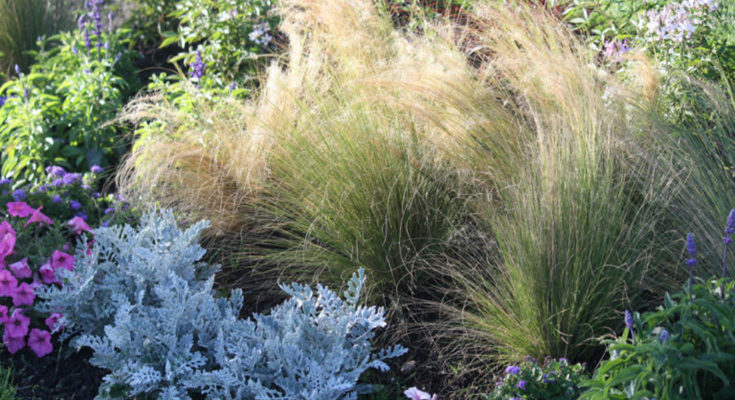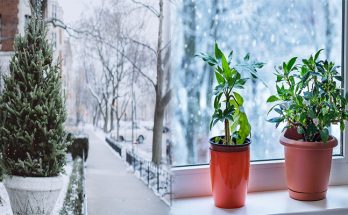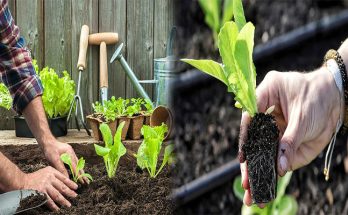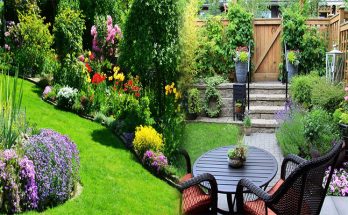Choosing plants for your garden can be quite overwhelming especially if, you have a very small garden and you would love to grow a lot of plants. Like any other activity, it is important that a gardener maintains a framework when selecting the plants he wishes to use in his garden.
Firstly, observe your garden carefully and evaluate what you parts of it you wish to enhance with more plants. It is often witnessed that gardeners, due to their love for plants and its many varieties, purchase plants on impulse but find that they have no idea on where to position these in their garden.
The Budget
Before going to the store or looking at the plant catalog, estimate your gardening budget. Remember to consider soil-related amends when estimating your budget. In the case your heart is set on an expensive tree specimen that you feel you must grow, you can always create your garden over a number of phases.
Examination of the Garden
Then, examine your garden and evaluate the little things that will make a difference in the types of plants you will purchase for your garden. These include how much sunshine and shade your garden receives and whether the soil is waterlogged or well-drained. Once you have understood these you are all set to go out to your nearest store and purchase the plant that best suits your garden.
If the garden area you wish to enhance is exposed to a lot of sunlight, you may want to purchase sun-loving plants and flowers such as Catmint and Marigold. If the area is sheltered, you could consider shade-loving plants and flowers such as the Japanese Fatsia and Pansy. Similarly, the gardener can choose drought-resistant plants for the dried-up areas while looking out for swamp plants that will grow well in poorly drained areas.
Check the pH level of the Garden Soil
Before you plant your purchased plant to the ground, check the pH level of your garden soil in order to determine the nutrients that you need to add so that your plants will grow well. Most plants prefer soil that is slightly acidic but there are some other plants that grow well on alkaline soil. Although the pH level of the soil is adjustable to make it acidic or alkaline, it is easier to simply purchase plants that can be adapted to the soil of your garden.
Once you’ve decided on the soil, you can start planting your purchased plants. Planting groups of the same plant are recommended than planting one of every plant.
Expert gardening tip: It is often witnessed that grouping plants in sets of odd numbers i.e. three’s and five’s and seven’s looked better than grouping plants in sets of even numbers.
In addition to the above, purchase and group plants according to their different colors and textures. Imagine what these will look like when they bloom. Consider the color of their foliage when you plant these. Make sure to avoid clashes in color. Another very important thing to bear in mind when planting these newly purchased plants is to plant them away from trees. Unlike the roots of plants, the roots of trees do not shy from the competition and will absorb all the nutrients and moisture from the soil.





